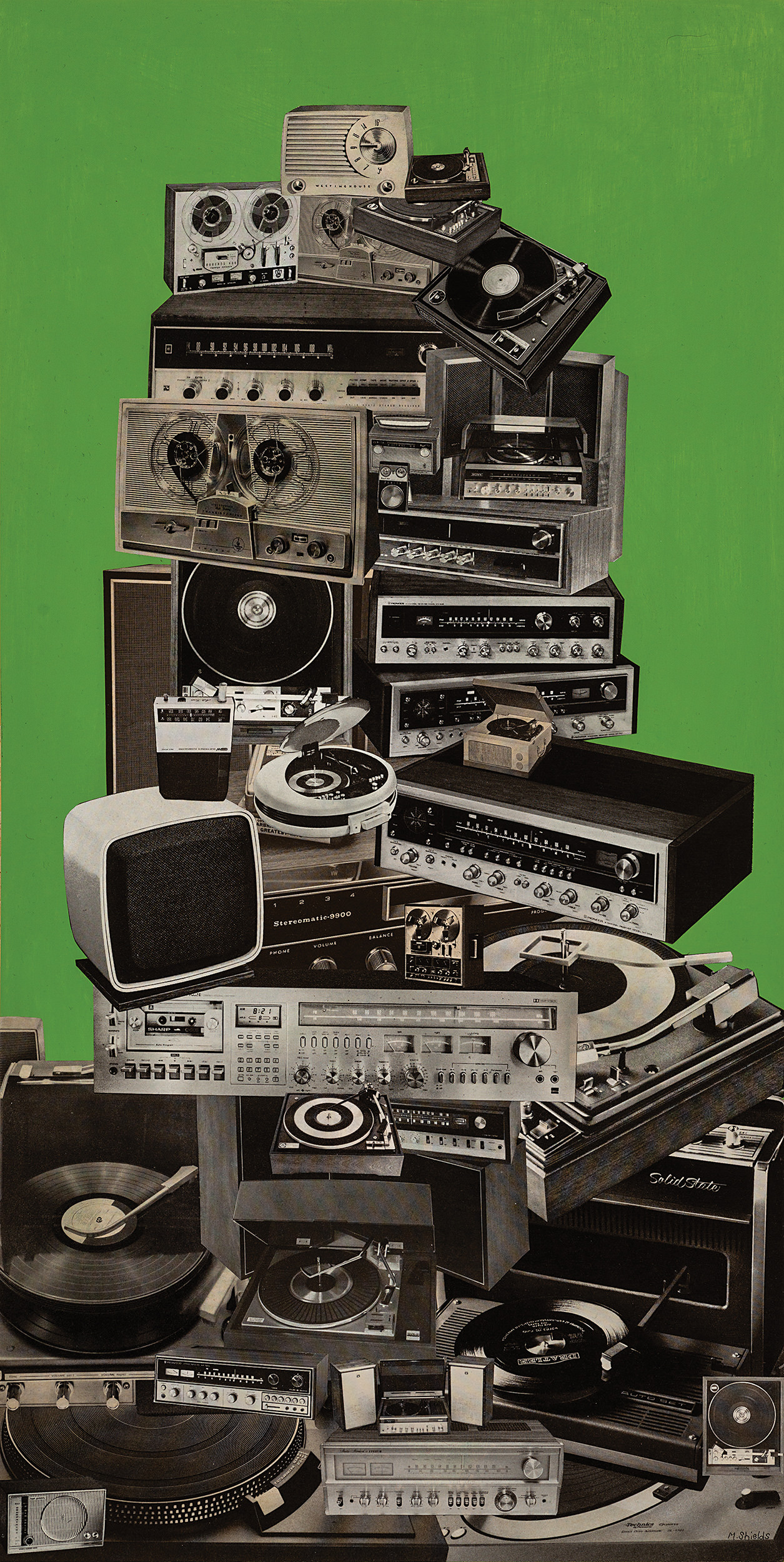I don't want to call these mics "specialty," but they are truly special. The Lauten Audio LS-308 is described by the manufacturer as "a noise rejecting, high-dynamic range microphone to be used as a problem solver in challenging recording situations when isolation is needed but difficult to achieve." It's key feature is 270 degrees of off-axis sound rejection. Like all Lauten mics, the LS-308 ships fully accessorized, including a removable swing-arm mount with 135 degrees of movement, a hard mount with threaded nut and adjustable elbow joint, a foam windscreen, and a sturdy hard case that fits all accessories. The LS-308 has built-in high- and low-pass filters with two selectable settings for each (50 or 120 Hz high-pass and an 8 or 10 kHz low-pass settings), which creates a good deal of flexibility for filtering sounds right at the mic. This is a great feature, as more and more interfaces and preamps are being sold with no EQ options, so these mics allow us to make creative EQ decisions and commit to them, saving time and DSP when we don't need to add a plug-in to a hi-hat or kick track to filter one or the other out. My only comment about the filters is they are difficult to read in low light situations, so adding white or red color into the etched grooves would be a nice addition.
I frequently record in close quarters with multiple acoustic instruments and vocals happening at the same time – singer-songwriters performing with a live ensemble – so I was excited to try the LS-308. The first session I used it on involved a singer-songwriter playing and singing simultaneously in a vocal booth with a drummer in the adjacent live room. There is an isolation door, but it's not completely soundproof between the two rooms. I mic'd up the acoustic guitar with an LS-308. This microphone has a directional second order cardioid pickup pattern, so it's focused on what's directly in front of it. I found myself checking the placement from song to song to make sure the tone I was getting fit the different playing, strumming, and picking styles. As I typically do in these situations, I pointed the microphone somewhat downward toward the guitar so the rear would reject the vocals coming from above it. Though the LS-308 does have a narrow spot in the rear that picks up sound, I immediately noticed how minimal the the vocal bleed was with the LS-308 – I'd say the balance was about 90% guitar, 10% vocal bleed. This came in handy during vocal overdubs, as I was able to punch vocals in and out and even re-record whole vocal takes with little audible "ghosting" of the live vocal take bleeding through the acoustic guitar mic. This was awesome! I also noticed how little the drums were bleeding in from the next room – I typically get much more bleed from the drums in the live room when recording acoustic guitar in the iso booth at this particular studio. Trace amounts of low end from the kick drum were easily filtered out later. The LS-308 has a lot of potential in situations where there's a need to mic an instrument and minimize bleed from surrounding sources, like isolating guitar or bass amps from the drums in a studio or on stage.
With the LS-308 placed inside a kick drum, I was curious to see how focused it would sound, and how well it would handle the high SPLs of such an application. The result was pure beater attack heaven with a clean signal response and no distortion. The LS-308 can actually handle over 135 dB of SPL! I blended this with a mic placed on the outside of the kick that gave me a warm poofiness to pair with the highly defined attack from the LS-308. This allowed for a lot of blending options in the mix – on some songs I only used the LS-308, and others the outside mic, but most were some blend of the two.
On acoustic guitars overdubbed in my home studio for rhythm and lead parts, the sound was focused and clear, especially with the high-pass filter engaged. In this application I found the narrower pattern of this mic to be just that – very focused, so for wider/open sounds the LS-308 would not be my first choice. Also, on quieter sources the Lauten seemed to require a fair amount of preamp gain. However, the LS-308 did cut out a ton of the computer noise in my one-room studio, as well as a good deal of the outside world. On electric guitar tracks the LS-308 performed well at higher SPLs, providing a warm and direct sound. I really liked the Lauten for isolated overdubs, and its 270 degrees of off-axis sound rejection provides excellent isolation possibilities when fighting multiple sound sources in the same room. If any of the pluses described here are a big part of your workflow, I highly recommend adding an LS-308 (or two) to your mic collection.)




_disp_horizontal_bw.jpg)